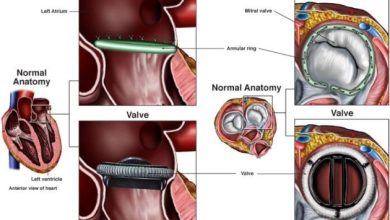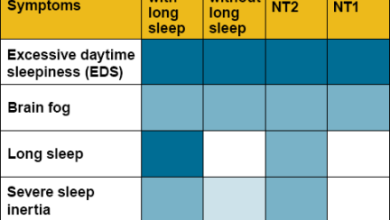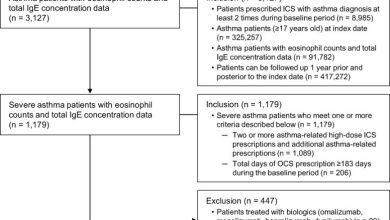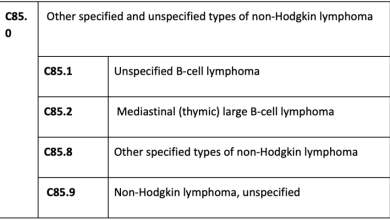P Vera ICD 10: Understanding The Classification And Coding For Polycythemia Vera
What is Polycythemia Vera (PV) ICD-10?
Polycythemia Vera (PV) is a rare blood disorder that causes the bone marrow to produce too many red blood cells. This condition can lead to an increased risk of blood clots, stroke, and other serious complications. In medical coding, PV is classified under the ICD-10 code D45. PV is a type of myeloproliferative neoplasm, which is a group of blood disorders that involve the overproduction of blood cells.
Code Information
The ICD-10 code for Polycythemia Vera is D45. This code is used to classify and track cases of PV in medical records. By using this specific code, healthcare providers can accurately document and communicate information about the condition to other healthcare professionals.
Diagnostic Related Groups (MS-DRG)
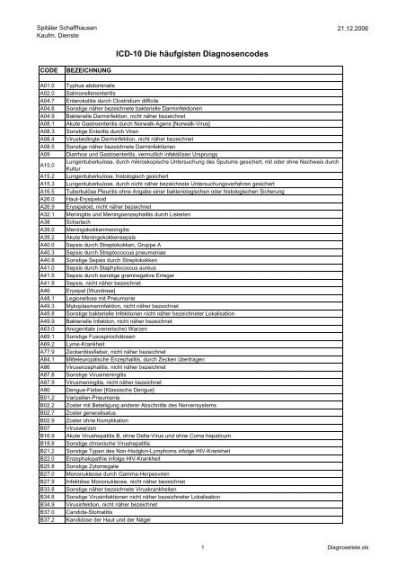
In the context of the Medicare Severity-Diagnosis Related Group (MS-DRG) system, cases of Polycythemia Vera would likely be grouped under codes related to blood disorders and hematological conditions. This grouping helps healthcare providers and insurers classify cases of PV for billing and reimbursement purposes.
Convert to ICD-9 Code
Before the implementation of the ICD-10 coding system, Polycythemia Vera was classified under the ICD-9 code 238.4. This code was used to indicate cases of PV in medical records and billing systems.
Code History
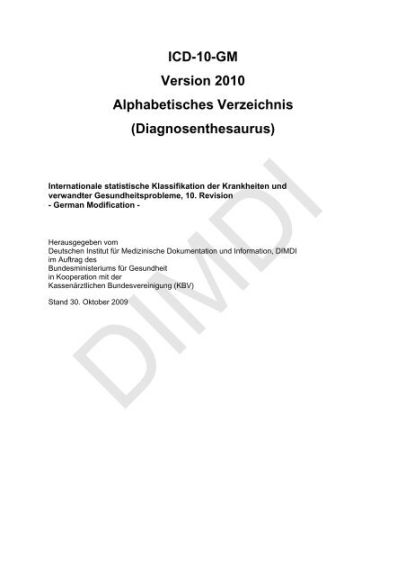
The ICD-10 code D45 for Polycythemia Vera was introduced as part of the 10th revision of the International Classification of Diseases. This update was designed to provide more detailed and specific codes for different medical conditions, including rare disorders like PV.
Approximate Synonyms
Some approximate synonyms for Polycythemia Vera include erythremia, primary polycythemia, and polycythemia rubra vera. These terms are used interchangeably to refer to the same condition of overproduction of red blood cells in the bone marrow.
Clinical Information

Polycythemia Vera is characterized by an overproduction of red blood cells, white blood cells, and platelets in the bone marrow. This leads to an increase in blood viscosity and can cause complications such as blood clots, stroke, and heart problems. PV is a chronic condition that requires ongoing management and monitoring by a healthcare provider.
Causes
The exact cause of Polycythemia Vera is unknown, but it is thought to be related to genetic mutations that trigger the overproduction of blood cells in the bone marrow. Certain risk factors, such as age and family history, may increase the likelihood of developing PV.
Symptoms
Common symptoms of Polycythemia Vera include fatigue, weakness, headache, dizziness, and itching, especially after a warm bath or shower. Some individuals with PV may also experience vision problems, sweating, and abdominal discomfort. It is important to seek medical attention if you experience any of these symptoms.
Diagnosis
Diagnosing Polycythemia Vera typically involves a physical examination, blood tests to measure blood cell counts, and genetic testing to identify specific mutations associated with the condition. A bone marrow biopsy may also be performed to confirm the diagnosis and assess the severity of the disease.
Treatment
Treatment for Polycythemia Vera focuses on reducing the risk of blood clots and other complications associated with the condition. This may include phlebotomy to remove excess red blood cells, medication to control blood cell production, and lifestyle changes such as quitting smoking and maintaining a healthy weight.
Conclusion
Polycythemia Vera is a rare blood disorder that requires ongoing management and monitoring to prevent serious complications. By understanding the code information, diagnostic related groups, and treatment options for PV, healthcare providers can effectively care for patients with this condition.
FAQs
1. Is Polycythemia Vera a type of cancer?
No, Polycythemia Vera is not considered a cancerous condition, but it is classified as a myeloproliferative neoplasm, which is a group of blood disorders that involve the overproduction of blood cells.
2. Can Polycythemia Vera be cured?
There is no cure for Polycythemia Vera, but treatment can help manage symptoms and reduce the risk





